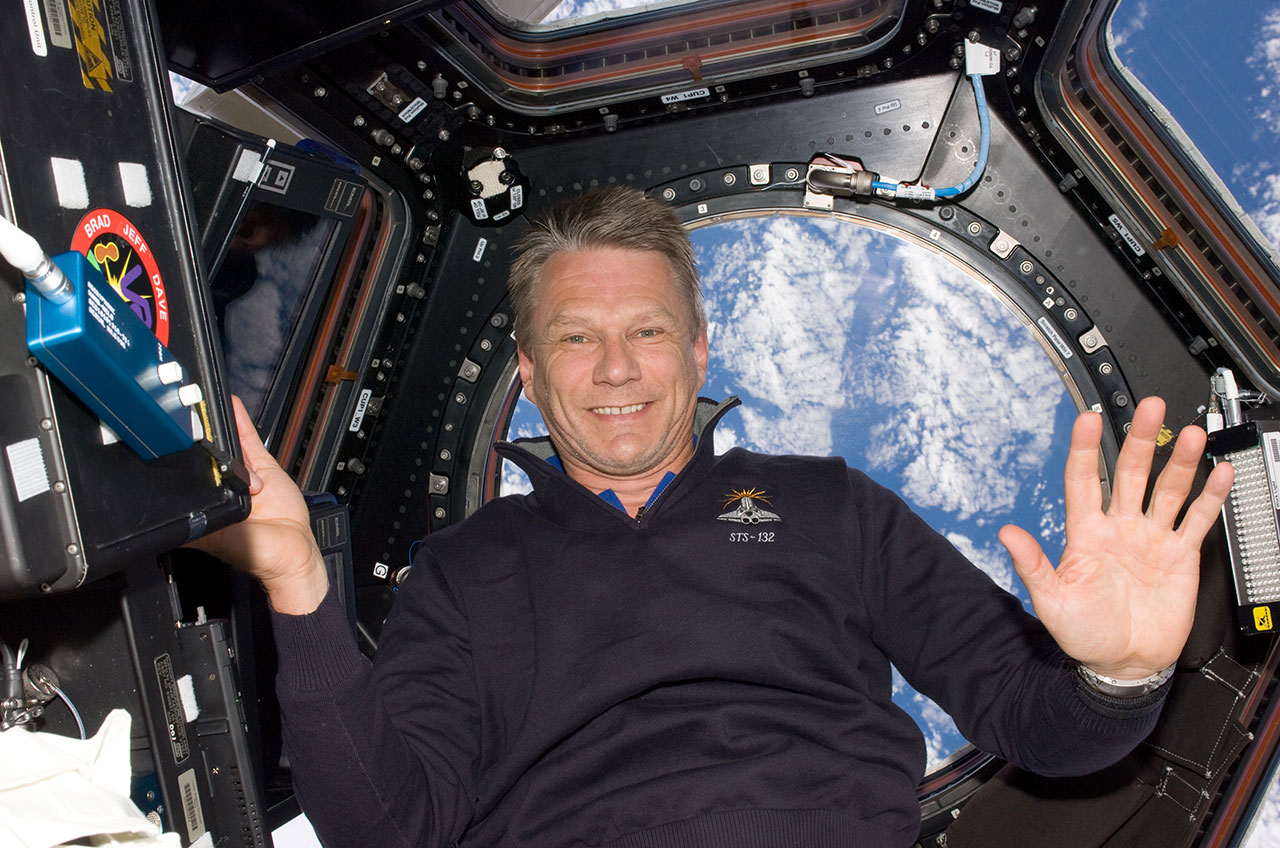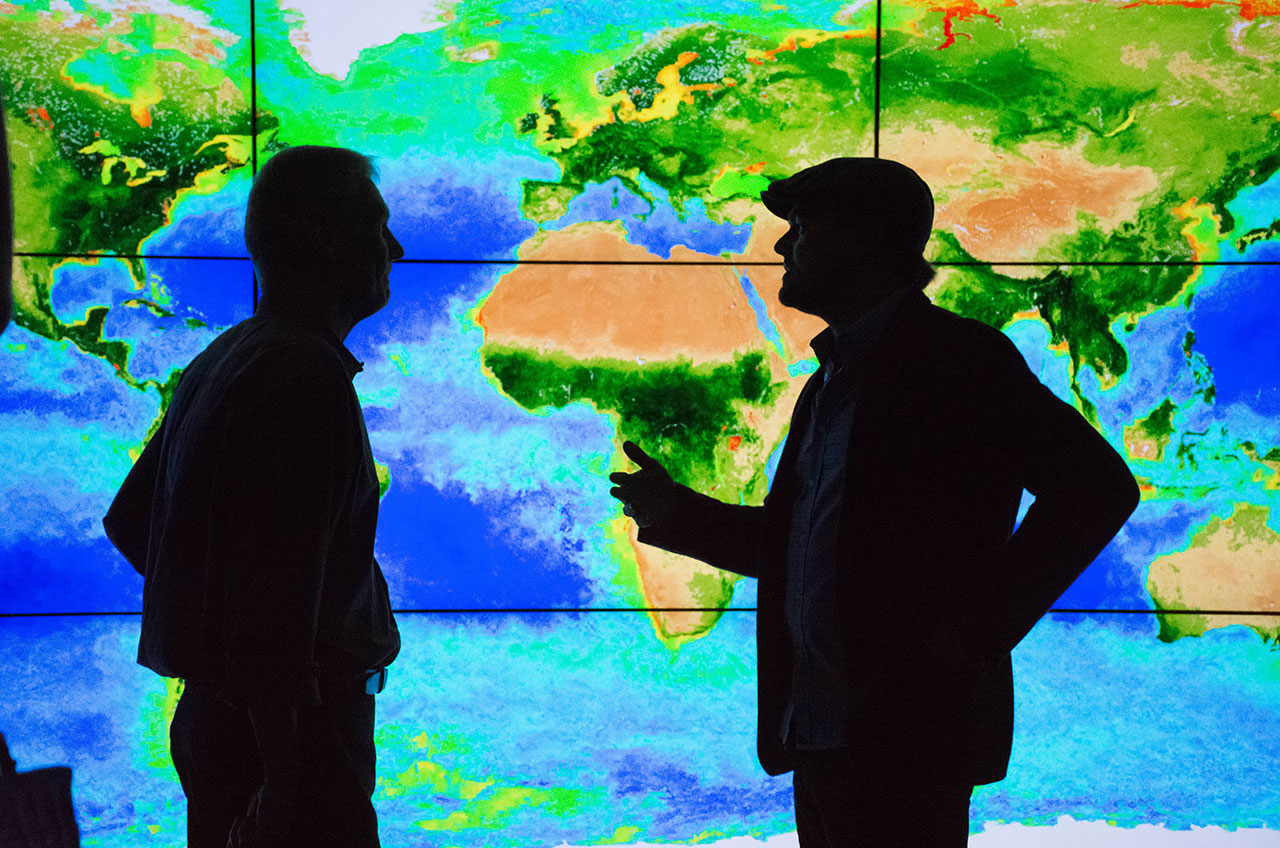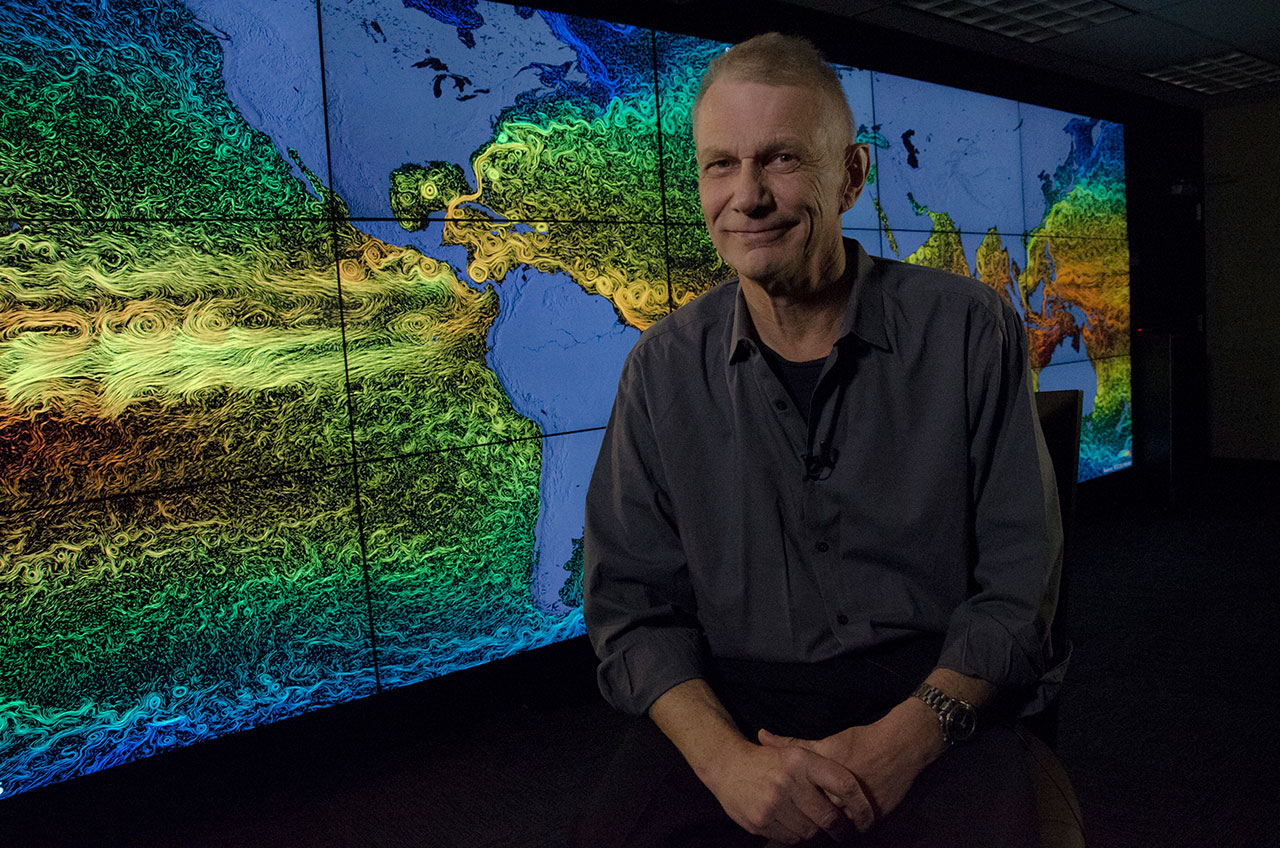Piers Sellers, Space Shuttle Astronaut and NASA Climate Scientist, Dies at 61

Piers Sellers, a British-American climate scientist and former NASA astronaut who launched on three space shuttle missions to the International Space Station, died on Friday (Dec. 23). He was 61.
Sellers' death came just over 11 months after he revealed he had been diagnosed with Stage 4 pancreatic cancer in an editorial for The New York Times. In the column, Sellers wrote about how his prognosis added a sense of urgency to his work on climate change.
"I was forced to decide how to spend my remaining time," Sellers explained in the editorial. "I concluded that all I really wanted to do was spend more time with the people I know and love, and get back to my office as quickly as possible." [In His Words: Piers Sellers Thoughts on Seeing Earth from Space & More]
Sellers' death was mourned by his fellow scientists, NASA colleagues and astronauts as news spread on Friday.
"An admired astronaut, a ground-breaking Earth scientist, a community leader, a friend. The impact of his work lives on!" wrote Thomas Zurbuchen, associate administrator for NASA's Science Mission Directorate, on Twitter.
"Saddened by the loss of [a] friend and champion for our planet," tweeted former NASA astronaut Nicole Stott.
"The entire NASA family mourns the passing of scientist and astronaut Piers Sellers," said Charles Bolden, NASA Administrator, in a statement. "He was a strident defender and eloquent spokesperson for our home planet, Earth."
Breaking space news, the latest updates on rocket launches, skywatching events and more!
Sellers began his career in spaceflight as a meteorologist working at the Goddard Space Flight Center in Greenbelt, Maryland, conducting research into how Earth's biosphere and atmosphere interact. Sellers was the project scientist for NASA's flagship Earth observing system, Terra, when he was selected to be an astronaut in 1996. [Piers Sellers Took Part of Newton's Apple Tree Into Space]
Sellers' first launch to the International Space Station was as a member of shuttle Atlantis' STS-112 crew in October 2002. During the flight, Sellers made three spacewalks to help install a segment of the station's backbone truss.
Sellers returned to orbit in July 2006, aboard STS-121, the second return to flight mission after the loss of the orbiter Columbia three years earlier. As a space shuttle Discovery crew member, Sellers ventured outside the station again to conduct maintenance and demonstrate repair techniques for the shuttle's thermal protection tiles.
Sellers' third and last mission to the orbiting laboratory saw him fly again on Atlantis as an STS-132 mission specialist. The May 2010 flight delivered the Russian Rassvet Mini-Research Module to the space station on what had been slated to be Atlantis' final mission (the orbiter flew again to end the space shuttle program in July 2011).
In total, Sellers logged 35 days, 9 hours and 2 minutes in space, including more than 41 hours on six spacewalks.
A year after he landed back on Earth, Sellers left NASA's astronaut corps in Houston and returned to Maryland to be deputy director of Goddard Space Flight Center's Sciences and Exploration Directorate, a position he still held at the time of his death.
Piers John Sellers was born in Crowborough, England, on April 11, 1955.
Sellers earned his bachelor of science degree in ecological science from the University of Edinburgh in Scotland (UK) in 1976, and his doctorate in biometeorology from Leeds University in the United Kingdom in 1981, prior to moving to the United States in 1982 to conduct climate research for NASA.
As a resident associate for the National Research Council, faculty associate scientist at the University of Maryland in College Park and staff scientist at Goddard, Sellers helped to construct computer models of the global climate system, conducted satellite remote sensing studies and performed large-scale field experiments utilizing aircraft, satellites and ground teams in the U.S., Canada, Africa and Brazil.
In addition to his role as Deputy Director for Sciences and Exploration, Sellers was also the Acting Director for Earth Sciences at Goddard.
In the year since Sellers' diagnosis with pancreatic cancer, he became a more prominent advocate for climate change research. In October, he appeared with Leonardo DiCaprio in National Geographic's documentary "Before the Flood."
"Here are the facts: The climate is warming," Sellers told the National Geographic Society in an interview supporting the documentary. "We've measured it, from the beginning of the industrial revolution to now. It correlates so well with emissions and theory, we know within almost an absolute certainty that it's us who are causing the warming and the CO2 [carbon dioxide] emissions."
The author of 70 research papers, Sellers was appointed Officer of the Order of the British Empire (OBE) in 2011 for services to science. In June, he was bestowed the NASA Distinguished Service Medal.
On Dec. 17, the Space Foundation announced that Sellers would be conferred its highest honor, the Gen. James E. Hill Lifetime Space Achievement Award, at its 2017 Space Symposium in Colorado Springs.
Sellers is survived by his wife of 36 years, Amanda, their son Thomas and daughter Imogen and a grandson, Jack.
"I've no complaints," Sellers wrote in The New York Times in January. "I am very grateful for the experiences I've had on this planet."
"As an astronaut I spacewalked 220 miles [355 km] above Earth. Floating alongside the International Space Station, I watched hurricanes cartwheel across oceans, the Amazon snake its way to the sea through a brilliant green carpet of forest, and gigantic nighttime thunderstorms flash and flare for hundreds of miles along the Equator," he said.
"From this God's-eye-view, I saw how fragile and infinitely precious the Earth is. I'm hopeful for its future."
Follow collectSPACE.com on Facebook and on Twitter at @collectSPACE. Copyright 2016 collectSPACE.com. All rights reserved.

Robert Pearlman is a space historian, journalist and the founder and editor of collectSPACE.com, a daily news publication and community devoted to space history with a particular focus on how and where space exploration intersects with pop culture. Pearlman is also a contributing writer for Space.com and co-author of "Space Stations: The Art, Science, and Reality of Working in Space” published by Smithsonian Books in 2018.
In 2009, he was inducted into the U.S. Space Camp Hall of Fame in Huntsville, Alabama. In 2021, he was honored by the American Astronautical Society with the Ordway Award for Sustained Excellence in Spaceflight History. In 2023, the National Space Club Florida Committee recognized Pearlman with the Kolcum News and Communications Award for excellence in telling the space story along the Space Coast and throughout the world.



